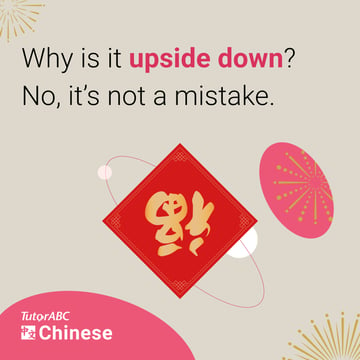Chinese New Year is the most important traditional festival in Chinese Cultre. Among the myriad customs associated with this festive occasion, the practice of displaying New Year couplets, or "Chūn lián" in Mandarin, stands out for its blend of artistic expression and cultural significance.
What is 春聯 (Chūn lián)?
A typical set of Chinese New Year couplets consists of two vertical lines of poetry, which correspond in length, rhythm, and context, accompanied by a horizontal scroll bearing a four-word blessing. The couplets are a celebration of linguistic artistry, encapsulating wishes for prosperity, happiness, and good fortune in the coming year. The couplets are often written in classical Chinese, a language rich in meaning and subtlety, allowing for deep and layered interpretations.
The choice of red paper is deeply symbolic in Chinese culture, representing good luck, joy, and prosperity. The bright color is believed to scare away evil spirits and bad fortune, making the couplets a potent symbol of protection and good wishes.
The Social Aspect and Modern Adaptations of Chūn lián
The crafting of couplets is a communal activity that brings families and communities together. Some people write their own couplets, reflecting their wishes and aspirations for the New Year. In modern times, while many still adhere to the traditional practice of handwriting couplets, printed versions are widely available, catering to the fast-paced lifestyle of urban dwellers. The essence, however, remains the same — conveying blessings and good wishes. On the eve of the New Year, families across China and worldwide hang these couplets on their doorframes. It's a festive ritual that invites good luck and wards off evil spirits.
Why is it upside down? The linguistic pun.

An interesting aspect of this tradition is the practice of hanging the character 福 (fú), meaning fortune or happiness, upside down. This practice is based on a wordplay, where the word for 'upside down' (倒, dào) is a homophone for 'to arrive' (到, dào) in Mandarin. Hence, an upside-down 福 symbolizes the arrival of good fortune.
As fireworks illuminate the sky and families gather to celebrate, the New Year couplets serve as a poignant reminder of the rich cultural heritage and enduring spirit of Chinese culture. They are not merely decorations but are imbued with the collective hopes, dreams, and blessings for the future. In the words of a traditional couplet: "May the spring breeze bring warmth and prosperity; may the New Year bless you with peace and joy."
As we step into the New Year, these couplets remind us of the enduring legacy and vibrant culture that continue to thrive in the hearts of Chinese communities around the globe.
At TutorABC Chinese, we're dedicated to making your Chinese learning journey truly exceptional. Our patented AI-matching technology pairs you with certified teachers and materials that suit your learning needs and goals. We believe in merging the richness of Chinese culture with language learning, ensuring every lesson is an exploration of both language and cultural insights. With intuitive materials and engaging activities, learning Chinese becomes an enjoyable adventure. Join us and embark on a transformative experience where culture and language come together in the most exciting and effective way. Your journey to fluency begins here. Sign up for a TRIAL today!
.png?width=360&height=360&name=%E9%BE%8D%E6%9C%83%E8%B2%AB%E9%80%9A%20(4).png)